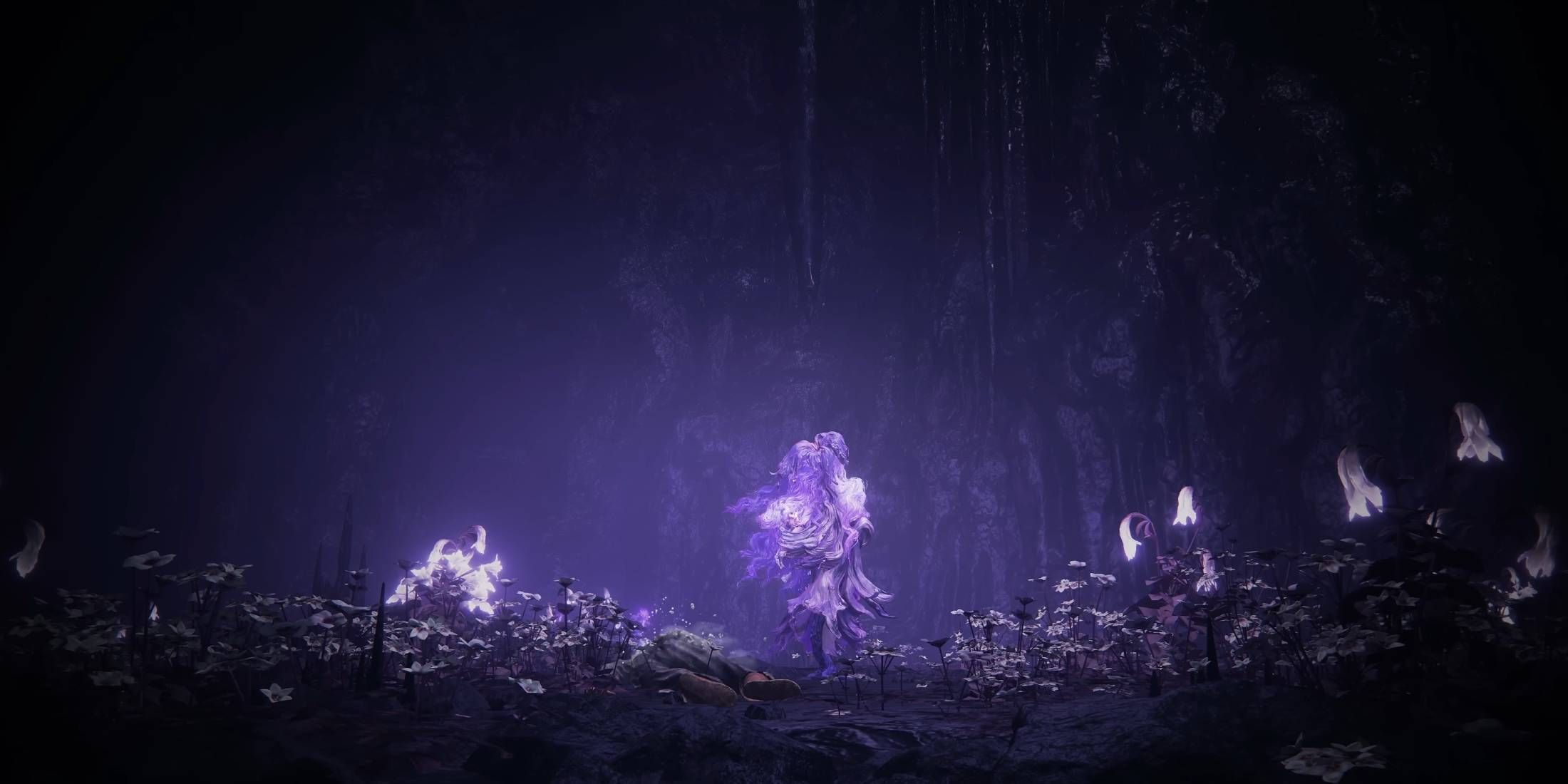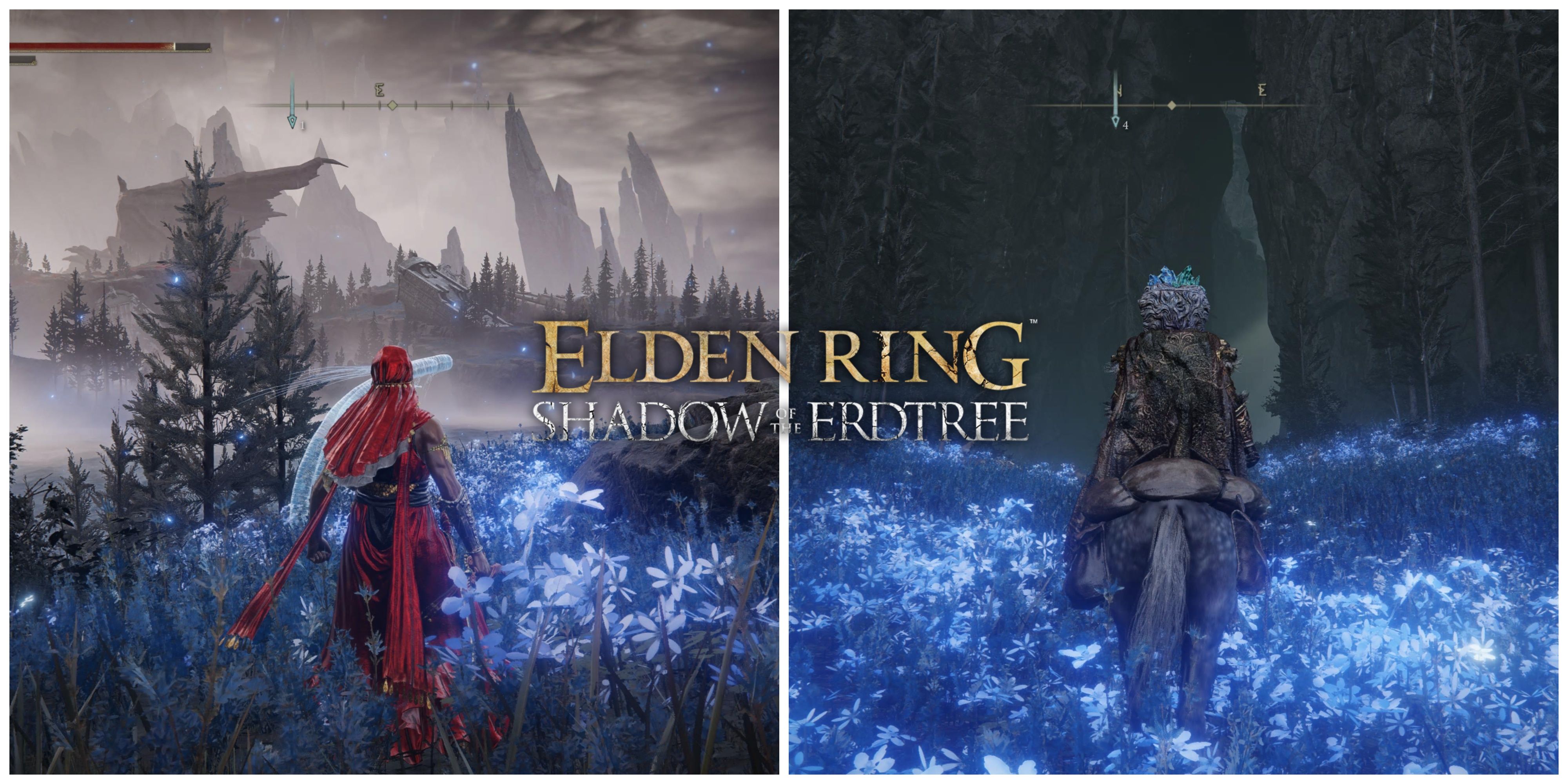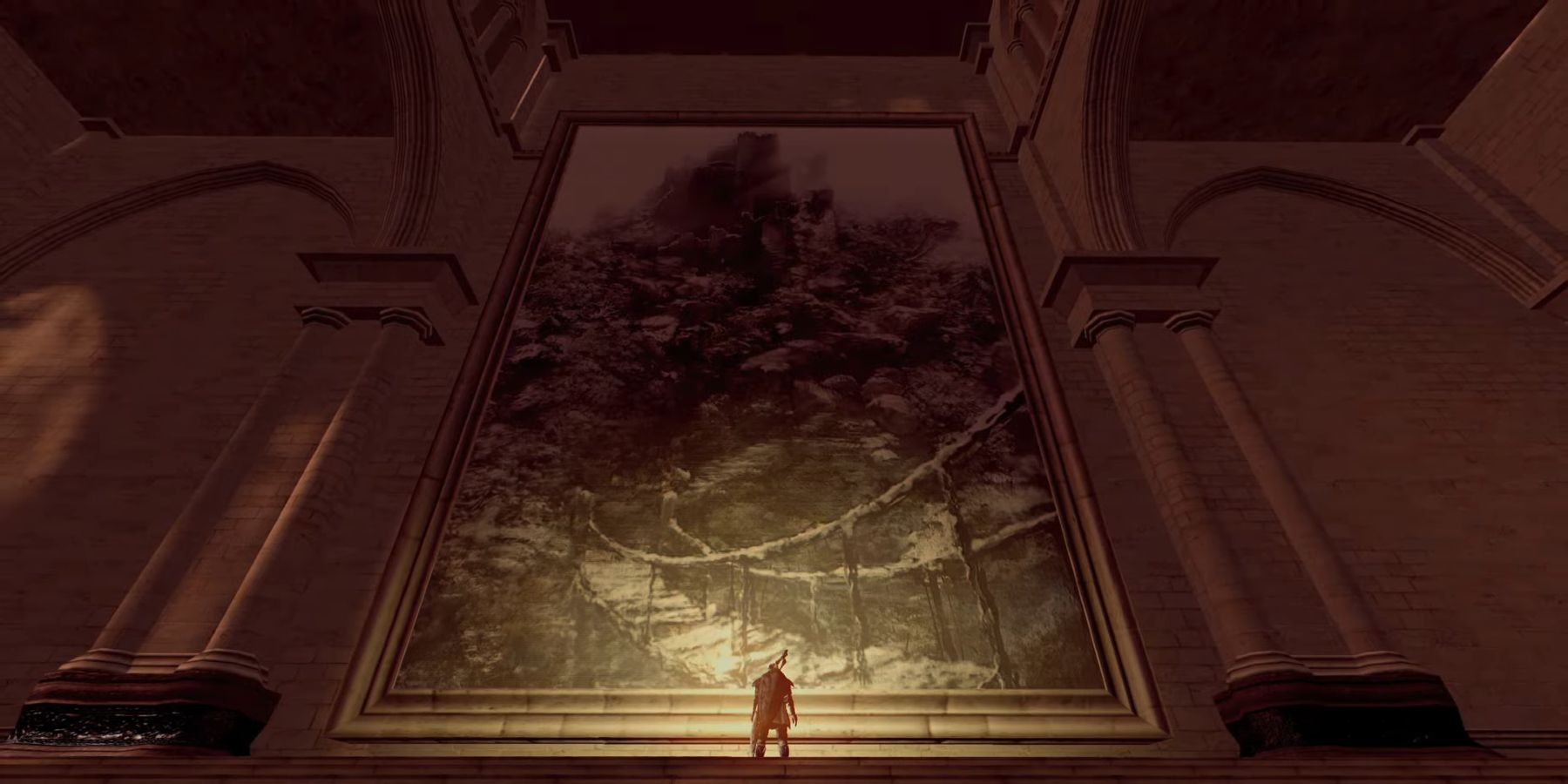Despite being a departure from its renowned Souls series, Elden Ring cannot escape the parallels that players draw between it and FromSoftware's other titles. Particularly, owing to the game's high fantasy and story beats of interminable wars between godlike figures, Elden Ring has been compared most to previous Dark Souls titles than other Souls-like FromSoftware games such as Bloodborne or Sekiro: Shadows Die Twice. Whether Elden Ring and Dark Souls are actually connected remains largely speculative, but this hasn't stopped fans from creating their own ideas.
The reason why FromSoftware's games are so easily paralleled is due to recurring themes across FromSoftware games, including for example the corruption of gods or the inevitability of cyclical history. While Elden Ring follows these same themes in its own way, some concepts haven't been brought across from Dark Souls, specifically the notion of Painted Worlds. For a story of warring demigods corrupted by higher powers, it stands to reason that either someone or something might attempt to hide, removing themselves from the Lands Between, either to survive or outlast the demigods to enact their own usurpation. Elden Ring, therefore, needs its own Painted Worlds.
Painted Worlds From Dark Souls
Many players became familiar with the concept of Painted Worlds when one was first introduced as an optional area to the first Dark Souls game. Hidden away in Anor Londo and only accessible with the correct items, players can enter the Painted World of Ariamis. Though not integral to completing the game, this area offers up a plethora of extra details and enriches the story behind the dragons within Dark Souls. Ultimately, Ariamis appears to function as a place of exile for the game's final character and would-be boss Crossbreed Priscilla, who is being kept away for her own good.
The second Painted World players can encounter comes with Dark Souls 3, and instead is introduced as DLC to the game through Ashes of Ariandel. While more readily accessible to players early in the game, it is aesthetically similar to that of Ariamis, and serves as another form of sanctuary for the characters within it. Ariamis, although a place of exile, allowed those turned away such as Priscilla to at least survive and live on, while Ariandel became a place that drew in lost souls, providing them a place to go when elsewhere had turned to rot and ruin.
Painted Worlds For Elden Ring
Understanding that Painted Worlds serve as places for characters to escape to for one reason or another, it would be an obvious conclusion to reach that, somewhere in the expanse of the Lands Between, a similar Painted World would exist. Between the demigods corrupted by the Great Runes and various forces moving to burn down the Erdtree, then someone may have wanted to escape what fate awaited them or hide something for their own purposes. Perhaps one of the cryptic Outer Gods could even be found in a Painted World somewhere in the Lands Between.
Implementing a Painted World to expand th game's story wouldn't be impossible either, as Elden Ring could just follow in the footsteps of Dark Souls 3 and introduce it as a DLC expansion. By extension, since Elden Ring already has a special relationship with paintings, such as the Prophecy Painting, explaining the existence of Painted Worlds wouldn't require much in the way of canon, especially for a high fantasy game. Then, for a world already dense with lore and secrets to uncover, the addition of a Painted World, regardless of what form this took, could help expand the narrative in new ways that don't currently exist for Elden Ring.
Elden Ring is available now for PC, PS4, PS5, Xbox One, and Xbox Series X/S.






